Biodiversity in Peril: The Consequences of Poaching
Poaching is not just a crime against wildlife; it is a **grave threat** to the delicate balance of our planet's ecosystems. Every year, countless animals fall victim to this illegal activity, which is primarily driven by the demand for exotic products such as ivory, fur, and traditional medicines. The consequences of poaching are **far-reaching** and **devastating**, affecting not only the targeted species but also the entire web of life that depends on them. Imagine a beautiful tapestry where each thread represents a different species; when one thread is pulled away, the whole tapestry begins to unravel. This is the reality we face as poaching continues to escalate.
As we delve deeper into this issue, it becomes evident that the **impact of poaching** extends beyond the immediate loss of animal life. It disrupts food chains, leads to habitat degradation, and ultimately threatens human societies that rely on these ecosystems for their livelihoods. For instance, when a predator species is removed from an environment, the population of its prey can explode, leading to overgrazing and the degradation of plant life. This not only harms the ecosystem but also affects agriculture, which many communities depend on for food and income.
Moreover, the loss of biodiversity can lead to **increased vulnerability** to diseases. Healthy ecosystems act as buffers, regulating populations and preventing outbreaks. When poaching disrupts these systems, we risk creating conditions ripe for disease transmission to humans and livestock alike. The ripple effects of poaching can be seen in various aspects of life, from environmental stability to economic health.
Understanding the **consequences of poaching** is crucial for fostering effective conservation efforts. By recognizing how intertwined our lives are with the natural world, we can begin to appreciate the importance of protecting these species and their habitats. It's not just about saving animals; it's about preserving the very fabric of life on Earth. We must act now, before it's too late.
Poaching significantly threatens numerous species, pushing them towards extinction. This section examines the most affected animals and the cascading effects on their ecosystems and biodiversity.
The illegal wildlife trade has far-reaching economic implications, affecting local communities and national economies. This section discusses how poaching undermines livelihoods and sustainable development.
Tourism often relies on healthy ecosystems and wildlife populations. This subheading highlights how poaching damages tourism potential and conservation funding, impacting communities that depend on these resources.
Community engagement is crucial in combating poaching. This section explores successful models where local communities actively participate in conservation, benefiting economically while protecting wildlife.
International laws and agreements play a vital role in curbing poaching. This section discusses existing regulations and their effectiveness in protecting endangered species from illegal trade.
Restoration efforts are essential for reversing the damage caused by poaching. This subheading examines strategies for rehabilitating ecosystems and reintroducing species that have been impacted.
Advancements in technology offer new tools for combating poaching. This section highlights innovative solutions such as drones, camera traps, and tracking systems that enhance conservation efforts.
Raising awareness about the consequences of poaching is crucial. This subheading discusses educational initiatives that inform communities about the importance of biodiversity and the impacts of illegal hunting.
Looking ahead, this section outlines potential strategies and policies that could effectively combat poaching and promote biodiversity conservation for future generations.
- What is poaching? Poaching refers to the illegal hunting, capturing, or killing of wildlife, often for profit.
- Why is poaching a problem? Poaching threatens biodiversity, disrupts ecosystems, and can lead to the extinction of species.
- How does poaching affect local communities? Poaching undermines livelihoods that depend on healthy ecosystems, such as tourism and agriculture.
- What can be done to stop poaching? Effective strategies include community engagement, stricter regulations, and the use of technology in conservation efforts.
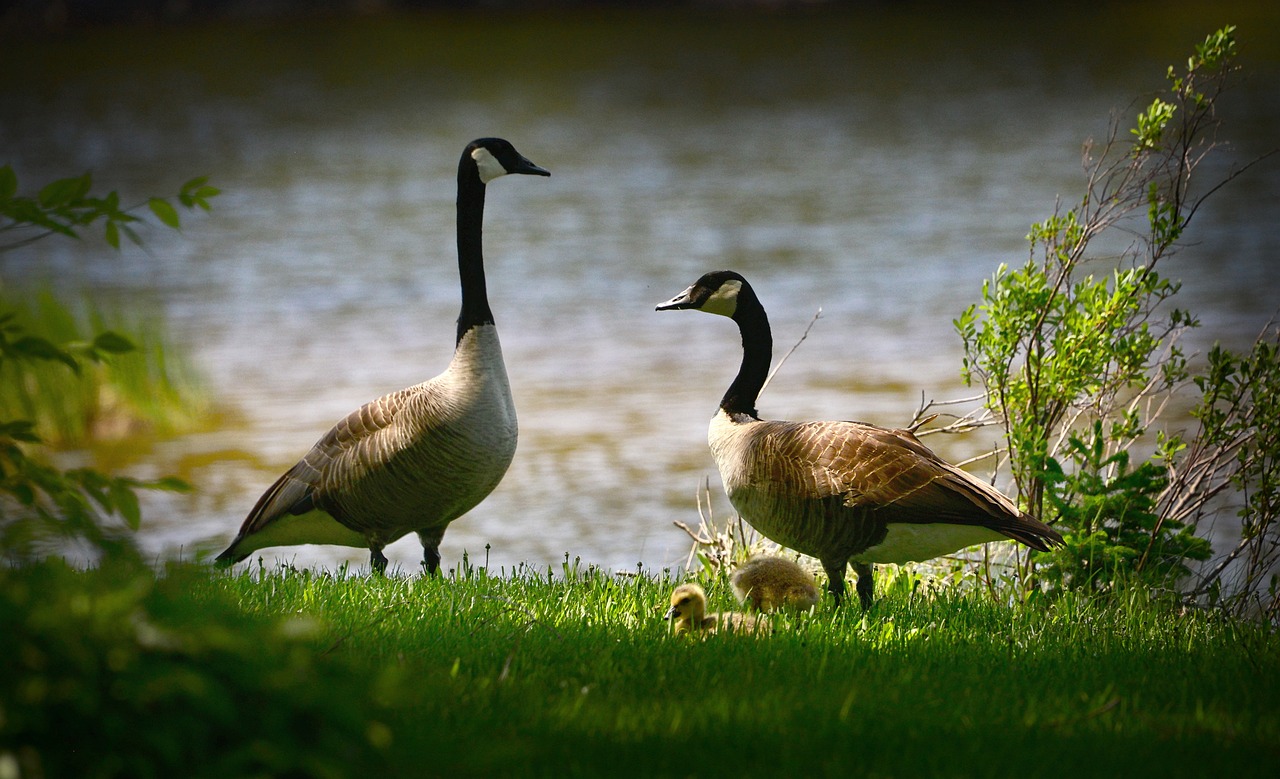
The Impact of Poaching on Species
Poaching is not just a crime; it’s a **devastating threat** to our planet's biodiversity. When we think of poaching, we often picture the majestic elephants or the elusive tigers, but the impact extends far beyond these iconic animals. Each species plays a unique role in its ecosystem, and the loss of even one can create a **domino effect** that disrupts the balance of nature. For instance, when poachers target large herbivores, it doesn't just mean fewer animals roaming the savannah; it can lead to overgrowth of certain plant species, which in turn can affect the entire food web.
Let’s break it down a bit. Imagine a world without rhinos. They are not just fascinating creatures; they help shape their environment. By grazing, they maintain grasslands, which are crucial habitats for countless other species. Their absence can lead to **overgrown vegetation**, which may affect smaller herbivores and the predators that rely on them. This is the harsh reality of poaching: it’s like pulling a thread from a tapestry; the whole thing begins to unravel.
Some of the most affected species include:
- Elephants: Targeted for their ivory tusks, elephants are facing **drastic population declines**. Their loss not only threatens their species but also the ecosystems they inhabit.
- Tigers: With their habitats shrinking and poaching for their pelts and body parts, tigers are on the brink of extinction. Their role as apex predators is vital for maintaining the health of their ecosystems.
- Rhinoceroses: Driven to the edge, rhinos are hunted for their horns, which are wrongly believed to have medicinal properties. Their decline can lead to **overpopulation of certain plant species**, affecting the entire ecosystem.
The consequences of poaching ripple through ecosystems and can lead to **biodiversity loss**. When species disappear, the genetic diversity of these populations diminishes, making it harder for them to adapt to changes in their environment. This loss of genetic diversity can result in increased vulnerability to diseases and environmental changes, pushing these species closer to extinction.
Moreover, the impact of poaching is not limited to the animals themselves. It also affects the communities that depend on these species for their livelihoods. For example, in regions where wildlife tourism is a significant source of income, the decline of animal populations due to poaching can lead to economic instability. Local communities may find themselves in a **vicious cycle** of poverty, where the loss of wildlife leads to diminished tourism revenue, which in turn exacerbates the pressures that lead to poaching in the first place.
In summary, the impact of poaching on species is profound and multifaceted. It is a critical issue that requires urgent attention and action. Understanding these implications is vital for conservation efforts and sustainable practices, as we work towards a future where both wildlife and human communities can thrive together.
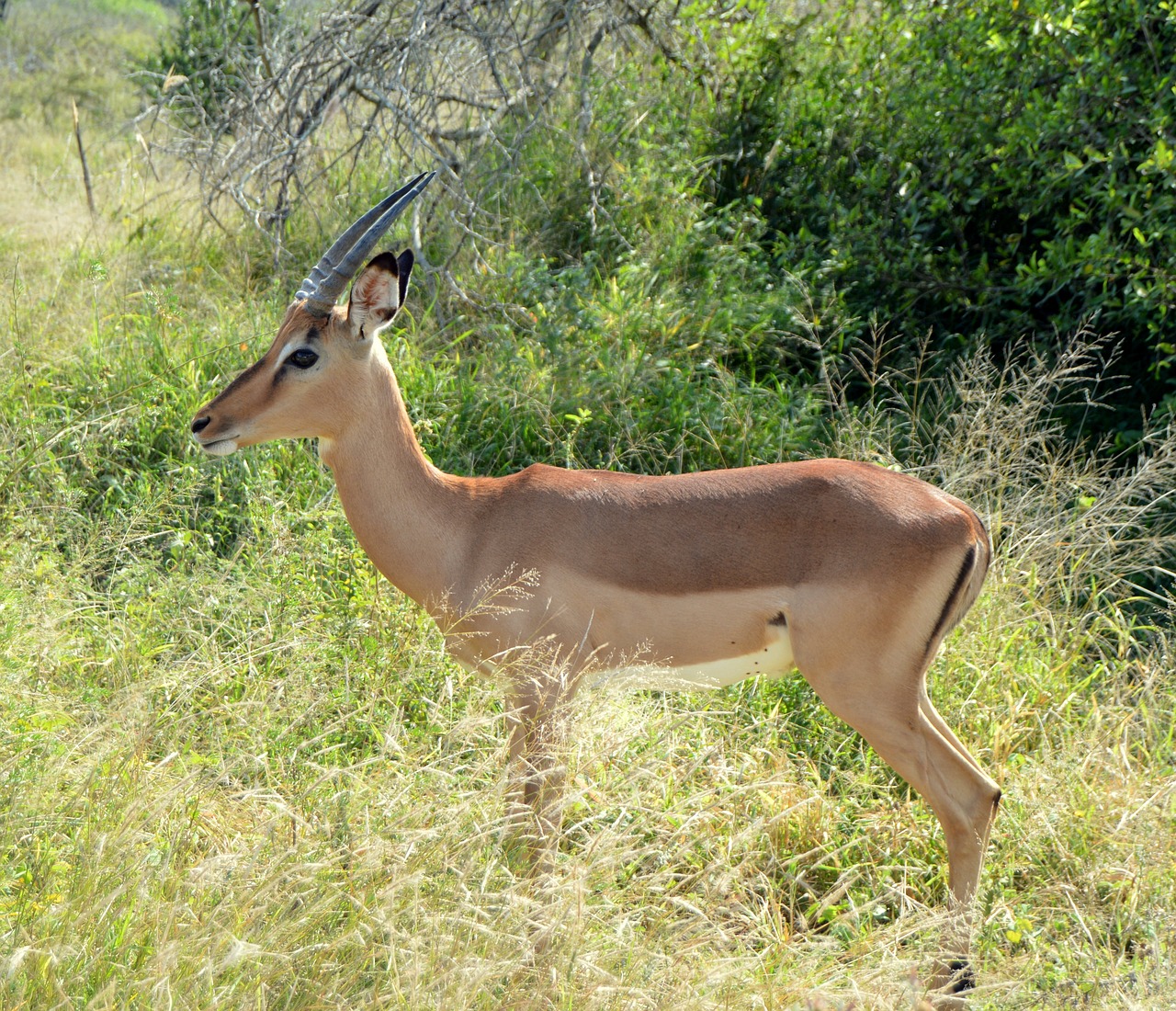
Economic Consequences of Poaching
Poaching is not just a crime against wildlife; it is a devastating blow to the economic fabric of communities and nations alike. Imagine a thriving village that depends on its natural resources for survival. The local economy flourishes on tourism, agriculture, and sustainable practices, all intricately tied to the health of its ecosystems. When poaching strikes, it doesn't just threaten the animals; it dismantles the very foundation of these livelihoods. The illegal wildlife trade generates billions of dollars annually, but this money rarely benefits local communities. Instead, it lines the pockets of criminals and corrupt officials, leaving the people who live in these areas to bear the brunt of the consequences.
One of the most significant impacts of poaching is its effect on tourism. Many countries rely heavily on wildlife tourism, where visitors flock to see majestic animals in their natural habitats. When these species are poached, the allure diminishes, and the flow of tourists begins to dwindle. This decline not only affects the income of local guides and businesses but also reduces funding for conservation efforts that are vital for preserving these ecosystems. According to recent studies, regions that have seen a drop in wildlife populations due to poaching can experience a 30-50% decline in tourism revenue over a short period. This creates a vicious cycle: less revenue means less funding for conservation, leading to even more poaching.
Additionally, poaching undermines sustainable development initiatives that aim to balance economic growth with environmental preservation. For instance, when protected areas are compromised by illegal hunting, the resources that communities rely on for food, medicine, and income become scarce. This scarcity can lead to increased poverty and desperation, pushing local populations to engage in further illegal activities, including poaching themselves. It’s a heartbreaking reality that many communities find themselves trapped in this cycle, where the very actions intended to secure their future end up jeopardizing it.
To illustrate the economic impact of poaching, consider the following table showcasing the estimated losses in tourism revenue due to wildlife decline in several regions:
| Region | Estimated Annual Revenue Loss | Percentage Decline in Tourism |
|---|---|---|
| East Africa | $1 billion | 30% |
| Southeast Asia | $500 million | 40% |
| Southern Africa | $800 million | 50% |
In conclusion, the economic consequences of poaching extend far beyond the immediate loss of wildlife. They ripple through communities, affecting livelihoods, tourism, and sustainable development efforts. As we grapple with these challenges, it becomes increasingly clear that addressing poaching is not just an environmental issue but a critical economic one as well. By investing in conservation and supporting local communities, we can start to reverse the damage and build a more sustainable future where both people and wildlife can thrive together.
- What is poaching? Poaching refers to the illegal hunting or capturing of wild animals, often for their valuable parts like ivory, fur, or body parts.
- How does poaching affect local economies? Poaching can lead to a decline in tourism, loss of jobs related to wildlife conservation, and increased poverty in affected communities.
- What can be done to combat poaching? Effective strategies include community engagement, legal enforcement, and the use of technology to monitor wildlife populations.
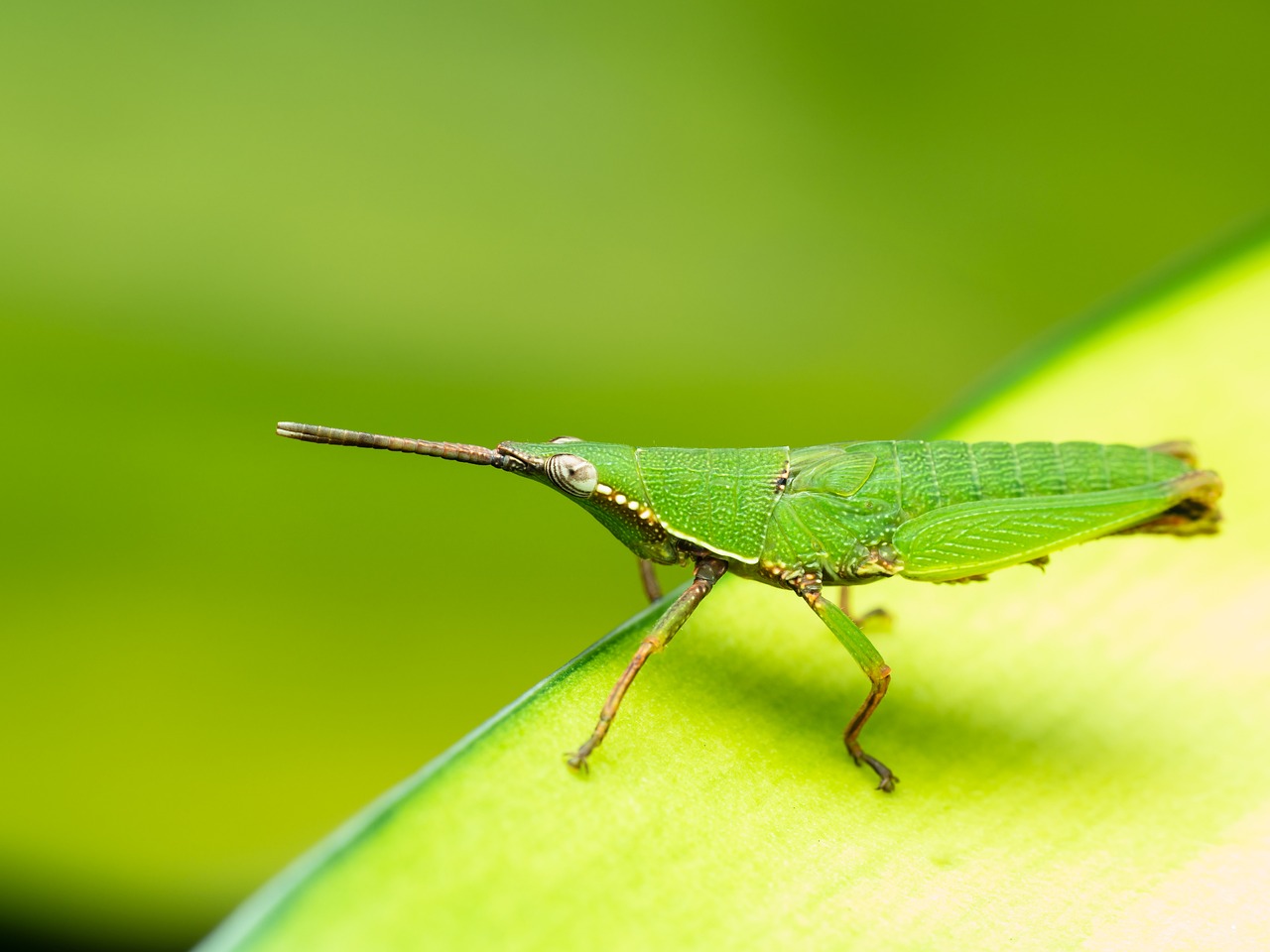
Tourism and Wildlife Conservation
When we think about tourism, we often picture stunning landscapes, exotic wildlife, and the thrill of adventure. However, what many people don't realize is that wildlife conservation and tourism are intricately linked. Healthy ecosystems and thriving animal populations are not just essential for biodiversity; they are also the backbone of many local economies. When poaching decimates wildlife, it doesn't just rob us of the chance to see these magnificent creatures; it also jeopardizes the livelihoods of communities that depend on eco-tourism.
Imagine a small village nestled near a national park, where the vibrant sounds of nature attract visitors from around the world. These tourists come to witness the majestic elephants, playful monkeys, and colorful birds that call this place home. They stay in local lodges, eat at nearby restaurants, and buy crafts from local artisans. This influx of visitors can lead to significant economic benefits. However, when poaching becomes rampant, animals disappear, and so do the tourists. The ripple effect can be devastating: jobs are lost, businesses shut down, and communities suffer.
Furthermore, the funds generated from wildlife tourism often contribute to conservation efforts. Many parks and reserves rely on entrance fees and donations to maintain their operations and protect the wildlife within their borders. Without these financial resources, conservation initiatives struggle to survive. For example, a recent study showed that in regions where poaching has been effectively controlled, tourism revenues have increased by over 20%. This money can then be reinvested into conservation programs, community education, and anti-poaching patrols, creating a sustainable cycle of benefits.
To illustrate the impact of poaching on tourism, consider the following table:
| Impact of Poaching on Tourism | Consequences |
|---|---|
| Decline in Animal Populations | Fewer wildlife sightings reduce tourist interest. |
| Loss of Biodiversity | Destroys the unique ecosystems that attract visitors. |
| Economic Downturn | Local businesses suffer, leading to job losses. |
| Reduced Conservation Funding | Less money available for protecting remaining wildlife. |
In conclusion, the relationship between tourism and wildlife conservation is a delicate balance. When poaching threatens wildlife, it not only endangers species but also undermines the economic stability of communities that rely on these animals for their livelihoods. As we move forward, it is crucial to recognize the importance of protecting wildlife, not just for the sake of biodiversity, but for the health of our economies and the sustainability of our planet.
- How does poaching affect local economies? Poaching leads to a decline in wildlife populations, which in turn reduces tourism revenue, impacting local businesses and jobs.
- What role does tourism play in conservation? Tourism generates funds that can be used for conservation efforts, helping to protect wildlife and their habitats.
- Can local communities benefit from wildlife conservation? Yes, when communities are involved in conservation efforts, they can reap economic benefits through eco-tourism and sustainable practices.
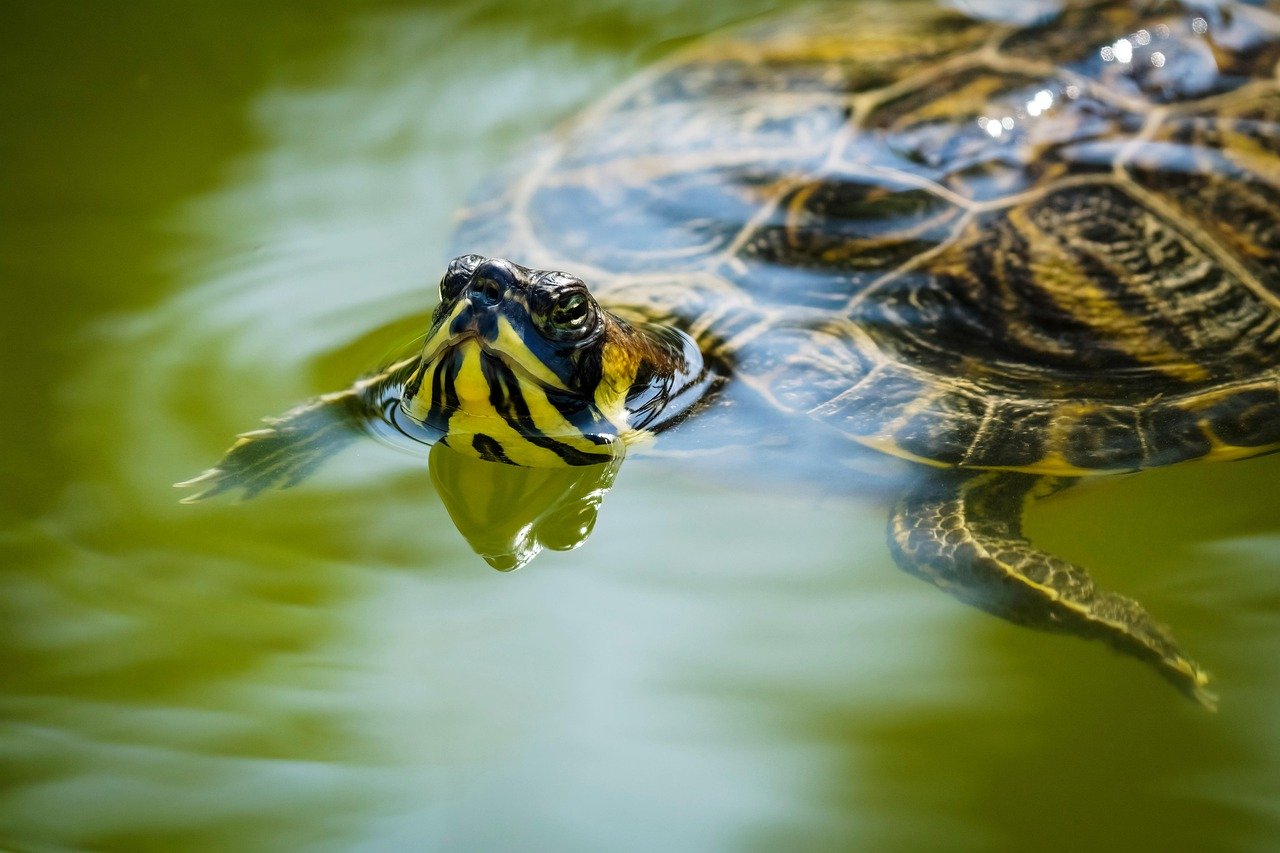
Community-Based Conservation Efforts
Community-based conservation efforts have emerged as a powerful tool in the fight against poaching. These initiatives recognize that local communities are not just bystanders in the conservation narrative; they are essential players in the protection of biodiversity. When communities are actively involved in conservation, they tend to develop a sense of ownership over their natural resources, which can lead to more sustainable practices. Imagine a village where the people understand that protecting wildlife directly benefits their livelihoods—this is the essence of community-based conservation.
One significant aspect of these efforts is the establishment of local conservation groups. These groups often consist of residents who are passionate about preserving their environment and can mobilize resources effectively. They work closely with conservation organizations to implement strategies that are culturally appropriate and economically viable. For instance, they may engage in eco-tourism, which not only provides income but also incentivizes the protection of wildlife. By creating a direct link between conservation and economic benefit, communities are more likely to support and participate in these initiatives.
Furthermore, education plays a pivotal role in community-based conservation. Through workshops and outreach programs, local residents can learn about the ecological importance of their surroundings. They become aware of how poaching impacts not just wildlife, but also their own future. Educational initiatives can range from school programs that teach children about biodiversity to adult workshops that highlight sustainable farming techniques that coexist with wildlife. This knowledge empowers communities to make informed decisions that prioritize conservation.
Successful models of community-based conservation can be seen in various parts of the world. For example, in Africa, the Maasai people have engaged in wildlife management practices that allow them to coexist with elephants and lions while benefiting economically through tourism. The profits from tourism are often reinvested into the community, creating a sustainable cycle of conservation and economic growth. Such models demonstrate that when communities are given the tools and resources to protect their environment, they can achieve remarkable results.
In addition to financial incentives, community-based conservation fosters a sense of pride and identity. When local people see their efforts leading to tangible results—like increased wildlife populations or healthier ecosystems—they feel a renewed connection to their land. This emotional investment can be a powerful motivator for continued conservation efforts. Ultimately, the success of these initiatives hinges on collaboration among local communities, governments, and conservation organizations. Together, they can create a robust framework for protecting biodiversity that benefits both wildlife and human populations.
As we look to the future, it’s essential to support and expand community-based conservation efforts. By recognizing the invaluable role that local communities play in safeguarding our planet's biodiversity, we can foster a more sustainable and equitable approach to conservation. This collaborative spirit not only enhances the effectiveness of conservation strategies but also ensures that the benefits of these efforts are shared among all stakeholders involved.
- What is community-based conservation? Community-based conservation involves local communities in the management and protection of their natural resources, promoting sustainable practices that benefit both wildlife and people.
- How do local communities benefit from conservation efforts? Local communities can benefit economically through eco-tourism, sustainable harvesting of resources, and increased awareness of the importance of biodiversity, leading to better livelihoods.
- Can education improve conservation outcomes? Yes, education increases awareness about biodiversity and the impacts of poaching, empowering communities to make informed decisions that support conservation.
- What role do partnerships play in community-based conservation? Partnerships between local communities, governments, and conservation organizations are crucial for sharing resources, knowledge, and strategies that enhance conservation efforts.
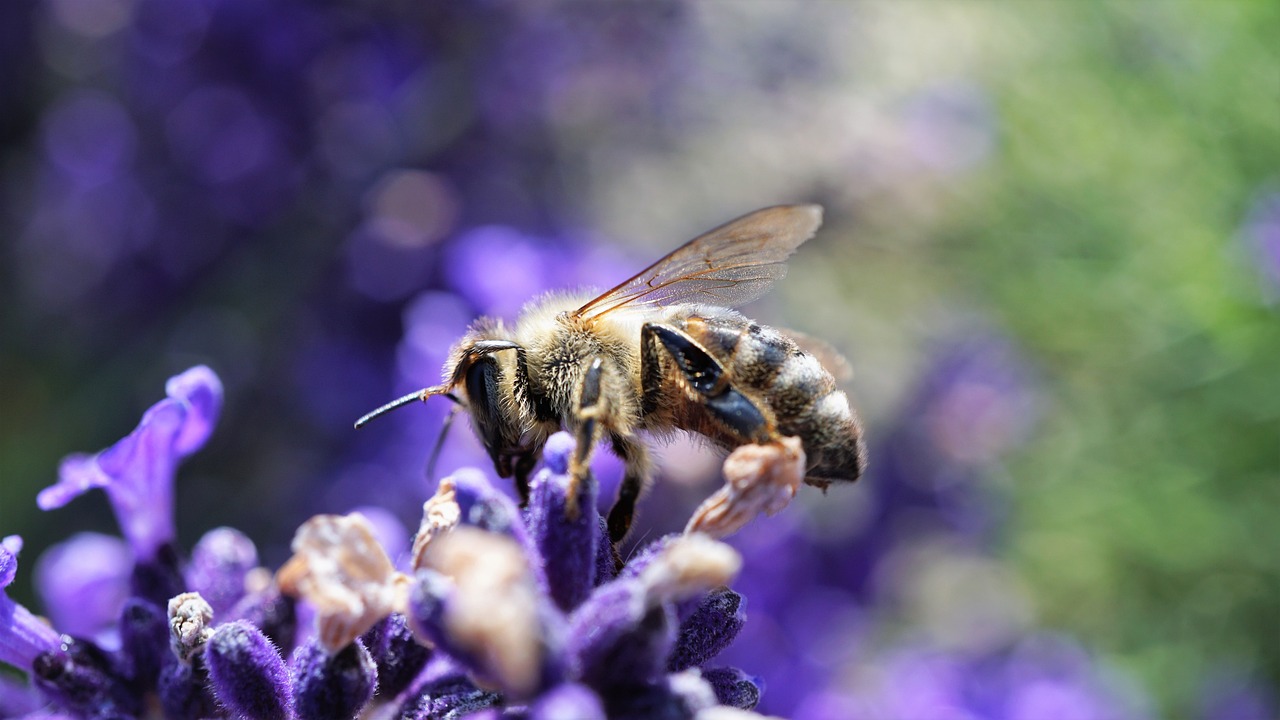
International Trade Regulations
International trade regulations play a crucial role in the fight against poaching and the illegal wildlife trade. These regulations are designed to protect endangered species and ensure that wildlife is traded sustainably. The backbone of these efforts is primarily supported by various international treaties and agreements, such as the Convention on International Trade in Endangered Species of Wild Fauna and Flora (CITES). CITES aims to ensure that international trade does not threaten the survival of species in the wild. It categorizes species into three different appendices based on their conservation status, with varying levels of protection.
Despite the existence of these regulations, the effectiveness of enforcement remains a significant challenge. Many countries struggle with the resources and infrastructure needed to monitor and enforce these laws. As a result, the illegal wildlife trade continues to flourish, often driven by high demand in consumer markets. For instance, the trade in ivory, rhino horn, and exotic pets represents a multi-billion-dollar industry that exploits the vulnerabilities of wildlife. This not only endangers the species involved but also disrupts entire ecosystems.
To illustrate the impact of international trade regulations, consider the following table that summarizes key aspects of CITES:
| Appendix | Description | Trade Restrictions |
|---|---|---|
| Appendix I | Species threatened with extinction | Commercial trade is prohibited |
| Appendix II | Species not necessarily threatened with extinction but may become so | Trade is allowed but regulated |
| Appendix III | Species protected in at least one country | Trade is allowed but requires export permits |
Furthermore, the collaboration between countries is essential for the success of these regulations. Countries must share information, resources, and best practices to combat poaching effectively. For example, initiatives such as the Wildlife Enforcement Networks (WENs) have been established to enhance cooperation between law enforcement agencies across borders. These networks facilitate the sharing of intelligence and help to coordinate efforts against poaching syndicates that operate internationally.
In addition to CITES, other international agreements, such as the Convention on Biological Diversity (CBD), emphasize the importance of conservation and sustainable use of biological resources. The CBD encourages countries to develop national strategies for biodiversity conservation, which can include stricter regulations on wildlife trade. However, the challenge remains in aligning these national strategies with international obligations, as many countries face competing interests between economic development and conservation.
Ultimately, while international trade regulations provide a framework for protecting endangered species, their success hinges on effective enforcement, international cooperation, and community engagement. Without these elements, the fight against poaching may continue to be an uphill battle.
- What is CITES? CITES is an international agreement aimed at ensuring that international trade in wild animals and plants does not threaten their survival.
- How does poaching affect biodiversity? Poaching leads to the decline of species populations, which can disrupt ecosystems and lead to further loss of biodiversity.
- What can individuals do to help combat poaching? Individuals can support conservation organizations, spread awareness, and avoid purchasing products made from endangered species.
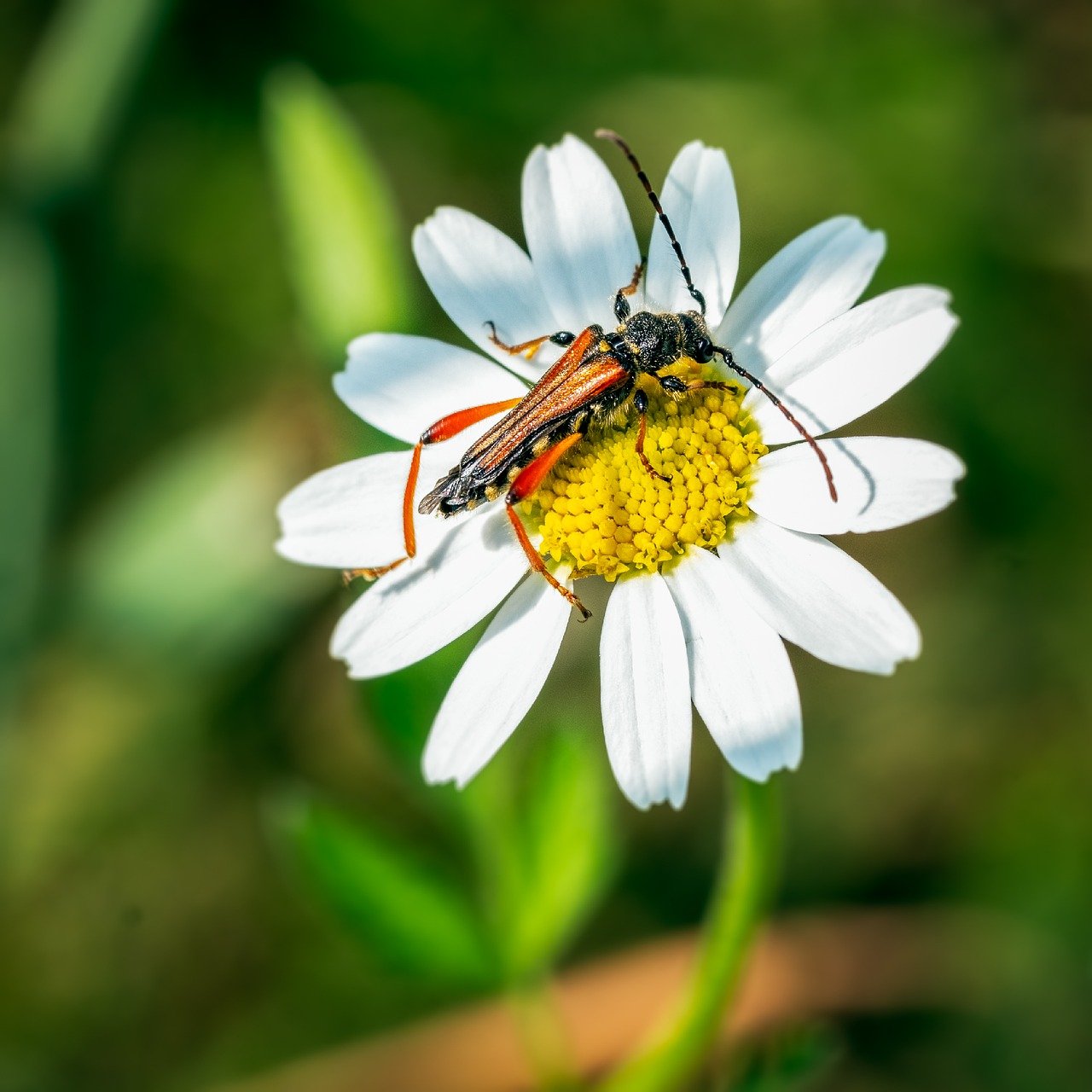
Restoration of Affected Ecosystems
Restoring ecosystems that have suffered from the ravages of poaching is not just about bringing back the numbers of endangered species; it’s about revitalizing the entire web of life that depends on those species. Imagine a once-thriving forest, now silent and barren, where the songs of birds have been replaced by eerie stillness. The consequences of poaching ripple through the environment, affecting everything from soil health to water quality. Thus, restoration is a multifaceted approach that requires both ecological and community engagement.
One of the first steps in ecosystem restoration involves assessing the damage. This includes identifying the species that have been lost, understanding the habitat degradation, and evaluating the overall health of the ecosystem. For instance, if elephants are poached from a savanna, not only do we lose these magnificent creatures, but we also disrupt the natural processes they facilitate, such as seed dispersal and habitat maintenance. Without them, the ecosystem can collapse, leading to a loss of biodiversity.
To effectively restore these ecosystems, various strategies can be employed:
- Reintroduction of Species: Bringing back species that have been lost is crucial. For example, reintroducing wolves to Yellowstone National Park has shown how keystone species can help restore balance to an ecosystem.
- Habitat Restoration: This can involve replanting native vegetation, removing invasive species, and rehabilitating degraded land. Healthy habitats are essential for supporting the species that have been affected.
- Community Involvement: Engaging local communities in restoration efforts fosters a sense of ownership and responsibility. When communities see the benefits of a restored ecosystem—such as improved water sources and increased tourism—they are more likely to protect it.
Moreover, technology plays a significant role in these restoration efforts. Drones can be used to monitor areas that are difficult to access, while GIS mapping helps in understanding the landscape and planning restoration projects effectively. Additionally, citizen science initiatives can involve locals in data collection, making them active participants in conservation.
However, restoration is not a quick fix. It requires time, patience, and ongoing commitment. Ecosystems are complex and often take years, if not decades, to fully recover. The key is to create a long-term vision that includes sustainable practices and ongoing monitoring. By investing in the restoration of affected ecosystems, we not only help revive the natural world but also ensure a healthier planet for future generations.
Q: What is ecosystem restoration?
A: Ecosystem restoration is the process of assisting the recovery of an ecosystem that has been degraded, damaged, or destroyed. It involves various strategies aimed at reinstating ecological balance and biodiversity.
Q: How does poaching affect ecosystems?
A: Poaching disrupts the natural balance of ecosystems by removing key species, which can lead to a cascade of negative effects on other species and the environment as a whole.
Q: Why is community involvement important in restoration efforts?
A: Community involvement is crucial because local people often have the best understanding of their environment. Engaging them fosters stewardship and ensures that restoration efforts are sustainable and culturally appropriate.
Q: What role does technology play in ecosystem restoration?
A: Technology aids in monitoring, mapping, and managing restoration projects. Tools like drones and GIS systems provide valuable data that can enhance the effectiveness of restoration efforts.
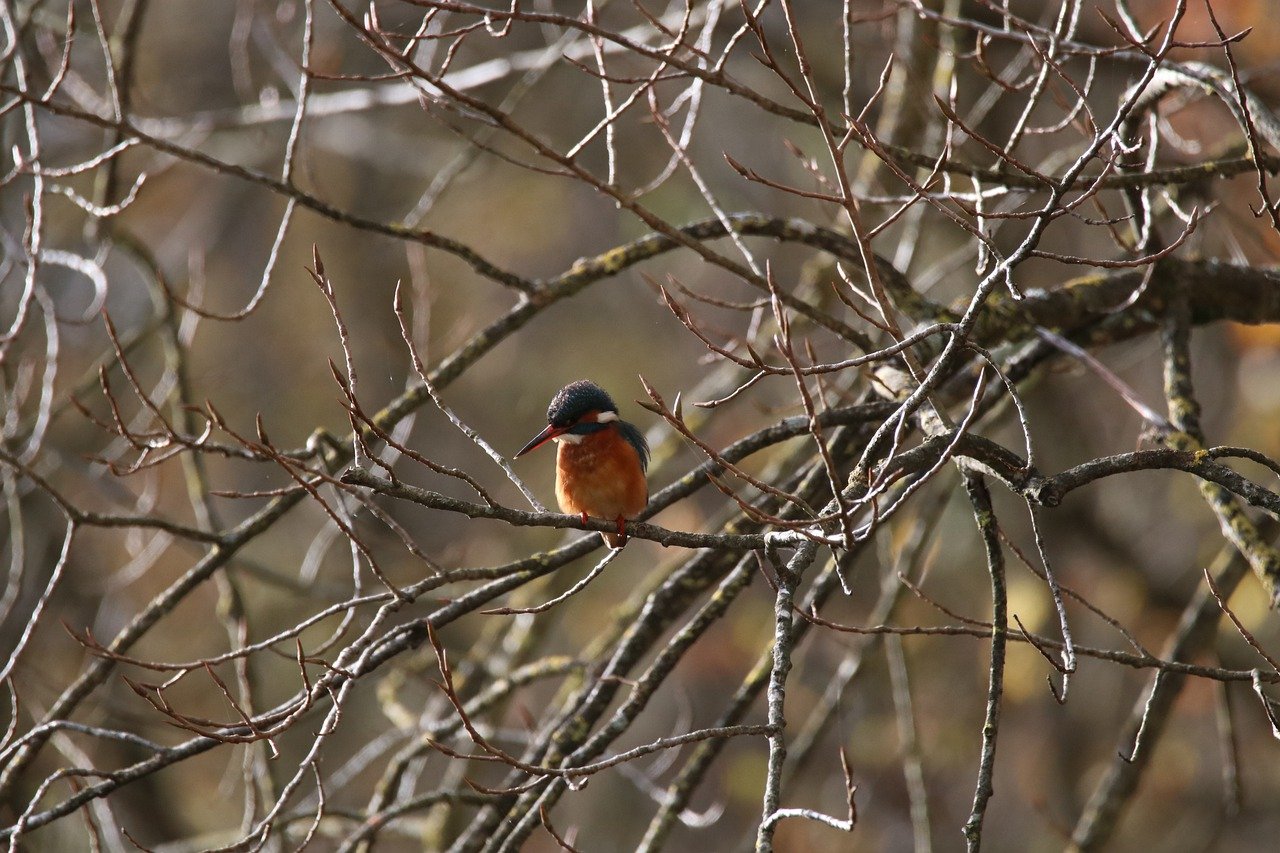
Technological Innovations in Anti-Poaching
In the ongoing battle against poaching, technology is emerging as a powerful ally. Gone are the days when conservationists relied solely on traditional methods. Today, innovative solutions are revolutionizing how we protect endangered species and their habitats. With advancements in technology, we can now monitor wildlife, deter poachers, and gather critical data more efficiently than ever before. Imagine a world where drones soar above vast savannas, equipped with high-resolution cameras, or where sensors embedded in the ground can detect the slightest movement of intruders. This is not science fiction; it's the reality of modern conservation efforts.
One of the most exciting developments is the use of drones. These unmanned aerial vehicles can cover large areas and provide real-time surveillance of protected regions. Not only do they help in spotting poachers from the sky, but they can also monitor wildlife populations without disturbing them. Drones can capture stunning aerial footage that aids in research and raises awareness about the beauty of these animals, further motivating conservation efforts. In some cases, they have even been used to deliver supplies to remote ranger stations, showcasing their versatility.
Another game-changer is the implementation of camera traps. These motion-activated cameras are strategically placed in wildlife corridors and hotspots. They capture images of passing animals, providing invaluable data about species presence, population dynamics, and behavior. The information gathered can help conservationists make informed decisions about habitat protection and management. Moreover, these camera traps can also serve as a deterrent to poachers, knowing that their activities are being monitored.
Tracking systems have also seen significant advancements. With the use of GPS collars and satellite technology, researchers can track the movements of endangered species in real-time. This data not only helps in understanding animal behavior and migration patterns but also alerts rangers to any unusual movements that may indicate poaching activities. For instance, if a collar shows a sudden stop in movement, it could signal that the animal is in distress or has been killed. This immediate feedback allows for rapid response, potentially saving lives.
Furthermore, the integration of artificial intelligence (AI) in data analysis is transforming how we approach conservation. AI can process vast amounts of data collected from drones, camera traps, and tracking systems, identifying patterns and predicting poaching activities. This predictive analysis can help conservationists allocate resources more effectively, focusing on high-risk areas and optimizing patrol routes. The marriage of technology and conservation is paving the way for a more proactive approach to protecting our planet's biodiversity.
While these technological innovations are promising, they are not a silver bullet. The success of these tools hinges on the collaboration between local communities, governments, and conservation organizations. For technology to be effective, it must be integrated into a broader strategy that includes education and community engagement. After all, the most advanced technology is useless if those on the ground do not know how to use it or do not feel invested in the outcomes.
In conclusion, technological innovations are reshaping the fight against poaching, offering new hope for endangered species and their ecosystems. As we harness the power of drones, camera traps, GPS tracking, and AI, we must remember that technology is just one piece of the puzzle. By combining these advancements with community involvement and sustainable practices, we can create a future where biodiversity thrives and poaching becomes a thing of the past.
- What role do drones play in anti-poaching efforts? Drones provide real-time surveillance and can cover large areas to monitor wildlife and deter poachers.
- How do camera traps help in conservation? Camera traps capture images of wildlife, providing data on species presence and behaviors, which aids in conservation planning.
- What are GPS collars used for? GPS collars allow researchers to track animal movements in real-time, helping to identify potential poaching incidents.
- Can AI really help in combating poaching? Yes, AI can analyze large datasets to predict poaching activities and optimize conservation efforts.
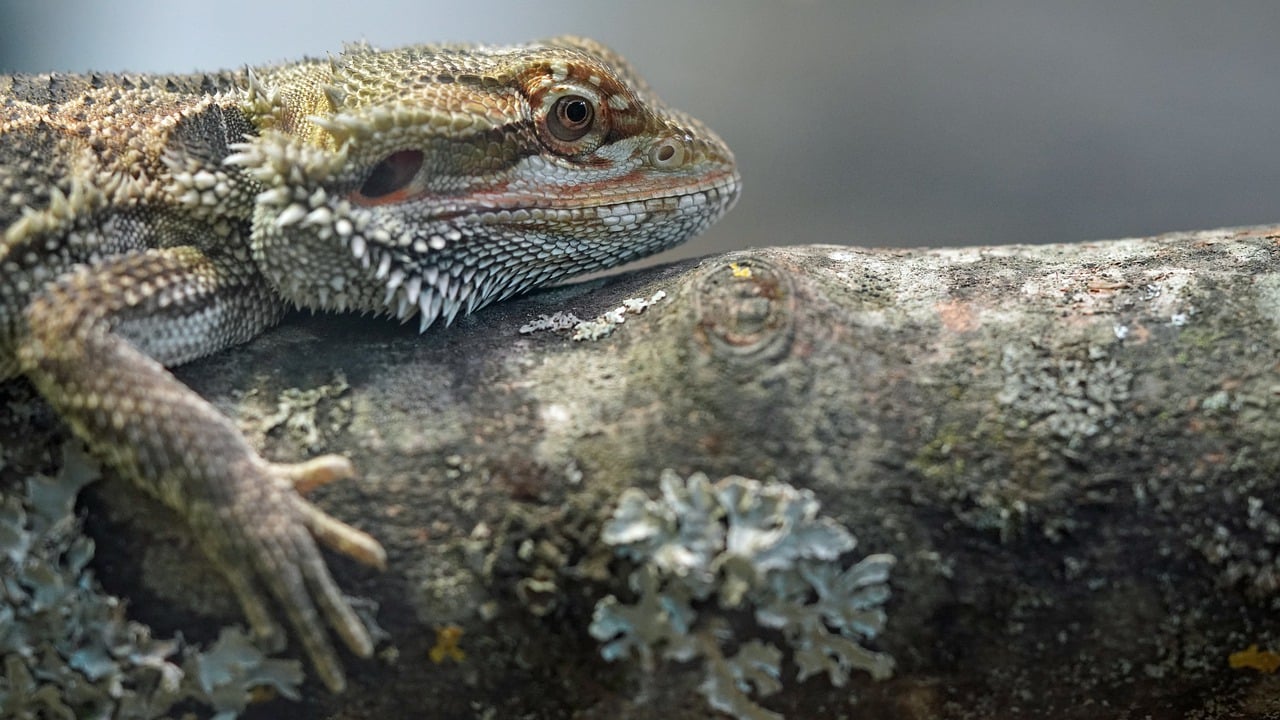
Community Awareness and Education
When it comes to fighting poaching, community awareness and education are the unsung heroes of conservation. Imagine a world where local communities understand the profound impact of their actions on wildlife and ecosystems. This is not just a dream; it’s a reality we can create through effective educational initiatives. By empowering individuals with knowledge, we can foster a sense of responsibility and stewardship towards the environment.
Education plays a pivotal role in changing perceptions about wildlife conservation. It’s not just about telling people what to do; it’s about engaging them in meaningful discussions that highlight the importance of biodiversity. For instance, workshops and seminars can be organized to discuss the ecological roles of various species, illustrating how the loss of just one can lead to a domino effect throughout the ecosystem. This understanding can transform local attitudes towards wildlife, shifting views from seeing animals as resources to appreciating them as vital components of a healthy planet.
Moreover, hands-on experiences can significantly enhance learning. Community-led initiatives, such as wildlife monitoring programs or habitat restoration projects, allow individuals to participate actively in conservation efforts. This not only reinforces their knowledge but also builds a connection to the land and its inhabitants. When people see the direct impact of their efforts, they are more likely to continue supporting conservation initiatives.
In addition to local efforts, leveraging technology can amplify educational outreach. Social media platforms, mobile apps, and online courses can reach a broader audience, spreading awareness about the consequences of poaching and the importance of biodiversity. For example, interactive campaigns that share success stories of communities that have turned the tide against poaching can inspire others to take action.
It’s crucial to target various demographics within the community. Children, for instance, are the future stewards of our planet. By incorporating conservation education into school curriculums, we can instill a sense of wonder and responsibility towards wildlife from a young age. Programs that involve outdoor learning and wildlife observation can spark curiosity and a lifelong passion for nature.
Here’s a simple table summarizing the key components of effective community education programs:
| Component | Description |
|---|---|
| Workshops | Interactive sessions that educate locals about wildlife conservation and the impacts of poaching. |
| Field Trips | Experiential learning opportunities that allow community members to engage with nature and wildlife. |
| Technology Use | Utilizing social media and online platforms to spread awareness and share success stories. |
| School Programs | Integrating conservation topics into educational curriculums to inspire the next generation. |
Ultimately, the power of community awareness and education cannot be underestimated. When individuals are informed and engaged, they become advocates for change, driving the movement against poaching. It’s a collective effort that requires commitment from all corners of society. As we raise awareness and educate our communities, we pave the way for a more sustainable future where wildlife thrives alongside human development. Together, we can create a world where poaching is a thing of the past, and biodiversity is celebrated and protected.
Q: How can I get involved in local conservation efforts?
A: You can join local conservation groups, participate in community clean-up events, or volunteer for wildlife monitoring programs in your area.
Q: What role does education play in combating poaching?
A: Education raises awareness about the importance of wildlife and ecosystems, helping communities understand the long-term benefits of conservation over short-term gains from poaching.
Q: Are there any successful examples of community-led conservation?
A: Yes, many communities around the world have successfully reduced poaching through education, sustainable practices, and eco-tourism initiatives that provide alternative livelihoods.

Future Directions for Conservation
As we look toward the future, it is clear that the fight against poaching and the preservation of biodiversity require a multifaceted approach. The world is changing rapidly, and so must our strategies for conservation. One of the most promising directions is the integration of community involvement in conservation efforts. When local communities are empowered to protect their natural resources, they not only become guardians of wildlife but also benefit economically from sustainable practices. This creates a win-win scenario where both people and nature thrive.
Moreover, leveraging technology is another crucial avenue for future conservation efforts. Innovations such as drones, satellite imagery, and advanced tracking systems can play a pivotal role in monitoring wildlife populations and detecting poaching activities in real-time. For instance, drones can cover vast areas quickly, providing conservationists with essential data and enabling rapid responses to illegal activities. Imagine a world where technology acts as a shield for endangered species, safeguarding them from the threats of poaching!
Furthermore, the development of stronger international partnerships is essential. Countries must collaborate to create a unified front against poaching. This can include sharing intelligence, resources, and best practices. For example, if one nation discovers effective anti-poaching strategies, sharing this knowledge with neighboring countries can amplify the impact of these efforts. A united global community can tackle poaching more effectively than isolated efforts.
Education also plays a critical role in shaping the future of conservation. Increasing awareness about the importance of biodiversity and the consequences of poaching can inspire individuals to take action. Educational programs that engage school children, local communities, and even tourists can foster a culture of conservation. Imagine children growing up understanding the value of wildlife, nurturing a sense of responsibility towards the environment that will last a lifetime!
Lastly, implementing sustainable economic alternatives is vital. Many communities rely on poaching as a means of survival. By providing alternative livelihoods, such as eco-tourism, sustainable agriculture, or wildlife-friendly crafts, we can reduce the economic incentives for poaching. A well-structured program that supports these alternatives can shift community priorities from short-term gains to long-term sustainability. This transition can be likened to turning a ship; it takes time and effort, but with the right guidance, it can navigate towards a brighter future.
In summary, the future of conservation hinges on a blend of community engagement, technological advancements, international cooperation, education, and sustainable economic practices. By embracing these strategies, we can create a resilient framework that not only protects our planet's biodiversity but also ensures that future generations inherit a rich and vibrant natural world.
Q: What is poaching, and why is it a problem?
A: Poaching refers to the illegal hunting or capturing of wild animals. It poses a significant threat to biodiversity, leading to the decline of species and disrupting ecosystems.
Q: How does poaching affect local communities?
A: Poaching undermines local economies that depend on wildlife tourism and sustainable practices. It can lead to loss of income and job opportunities for those who rely on healthy ecosystems.
Q: What role does technology play in combating poaching?
A: Technology, such as drones and tracking systems, enhances monitoring and enforcement efforts, allowing conservationists to respond quickly to poaching activities.
Q: How can I help in conservation efforts?
A: You can support conservation organizations, educate others about biodiversity, and choose eco-friendly products. Additionally, participating in local conservation initiatives can make a significant impact.
Frequently Asked Questions
- What is poaching and why is it a problem?
Poaching refers to the illegal hunting or capturing of wildlife, often for profit. It's a serious issue because it leads to the decline of animal populations, disrupts ecosystems, and threatens biodiversity. When species are removed from their habitats, it can create a domino effect, impacting other species and the overall health of the ecosystem.
- Which species are most affected by poaching?
Many species are at risk due to poaching, including elephants, rhinos, tigers, and various types of birds. These animals are often targeted for their valuable parts, such as ivory, horns, and skins. The loss of these keystone species can significantly alter their ecosystems, leading to further biodiversity loss.
- How does poaching affect local economies?
Poaching can have devastating effects on local economies, especially in areas that rely on wildlife tourism. When animal populations decline, fewer tourists visit, leading to lost income for communities that depend on eco-tourism. Additionally, poaching undermines sustainable development efforts, as it often leads to a cycle of poverty and environmental degradation.
- What role does community involvement play in conservation?
Community involvement is crucial in the fight against poaching. When local communities are engaged in conservation efforts, they are more likely to protect wildlife. Successful models often include providing economic incentives for conservation, such as eco-tourism opportunities, which can empower communities to become stewards of their natural resources.
- What international laws exist to combat poaching?
There are several international agreements aimed at curbing poaching, such as the Convention on International Trade in Endangered Species of Wild Fauna and Flora (CITES). These laws help regulate the trade of endangered species and impose penalties for illegal activities. However, enforcement remains a challenge in many regions.
- How can technology help in anti-poaching efforts?
Technological innovations, like drones, camera traps, and GPS tracking systems, are becoming essential tools in the fight against poaching. These technologies allow conservationists to monitor wildlife populations and detect illegal activities in real-time, making it easier to protect endangered species and their habitats.
- What educational initiatives are effective in raising awareness about poaching?
Effective educational initiatives often focus on informing communities about the importance of biodiversity and the consequences of poaching. Workshops, school programs, and community outreach can help change attitudes towards wildlife conservation, fostering a sense of responsibility and encouraging sustainable practices.
- What are some future strategies for combating poaching?
Future strategies may include enhancing international cooperation, increasing funding for conservation programs, and leveraging technology for better monitoring. Additionally, fostering community-based conservation models and raising public awareness will be key to promoting long-term biodiversity conservation and reducing poaching.


















